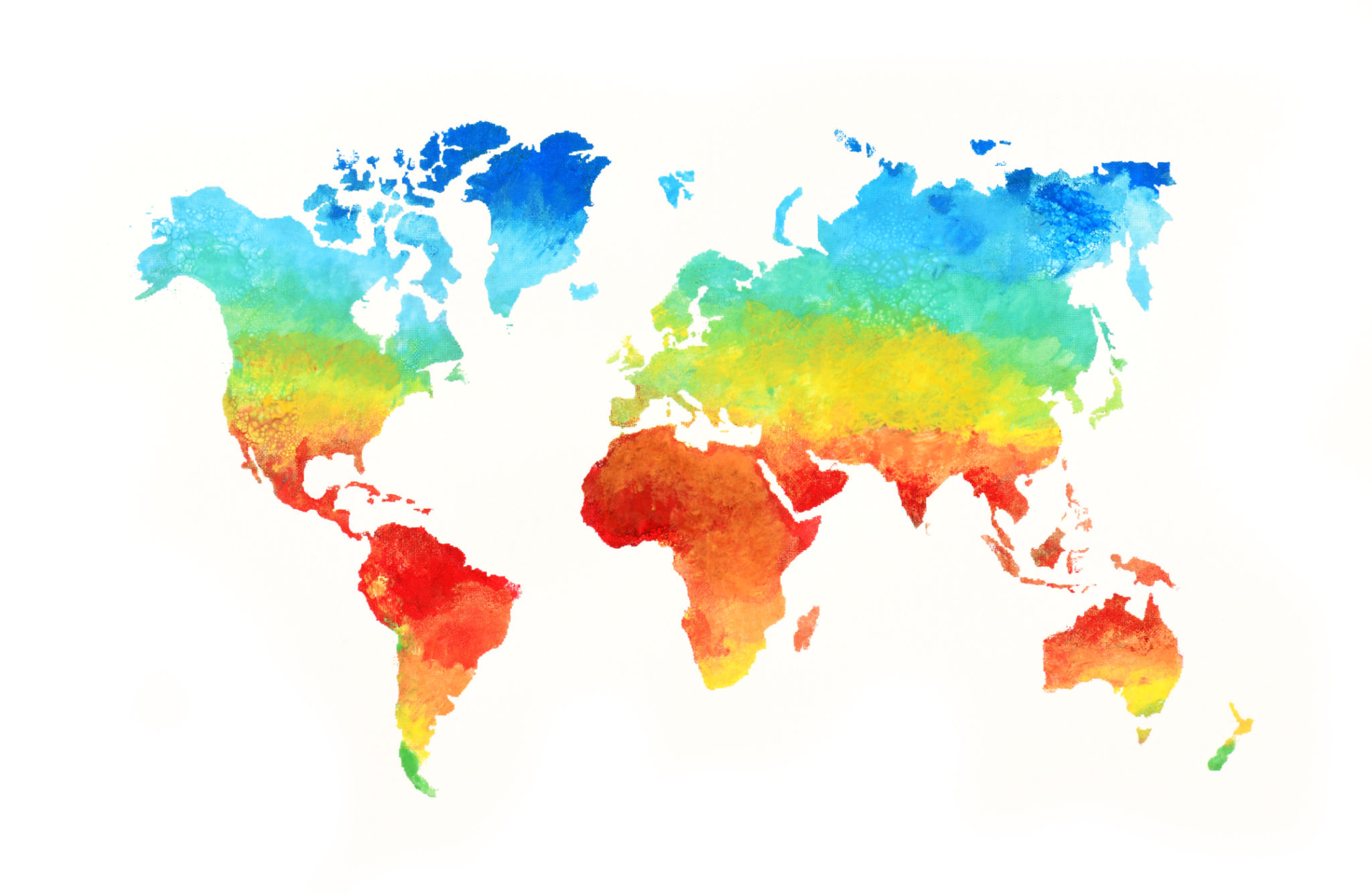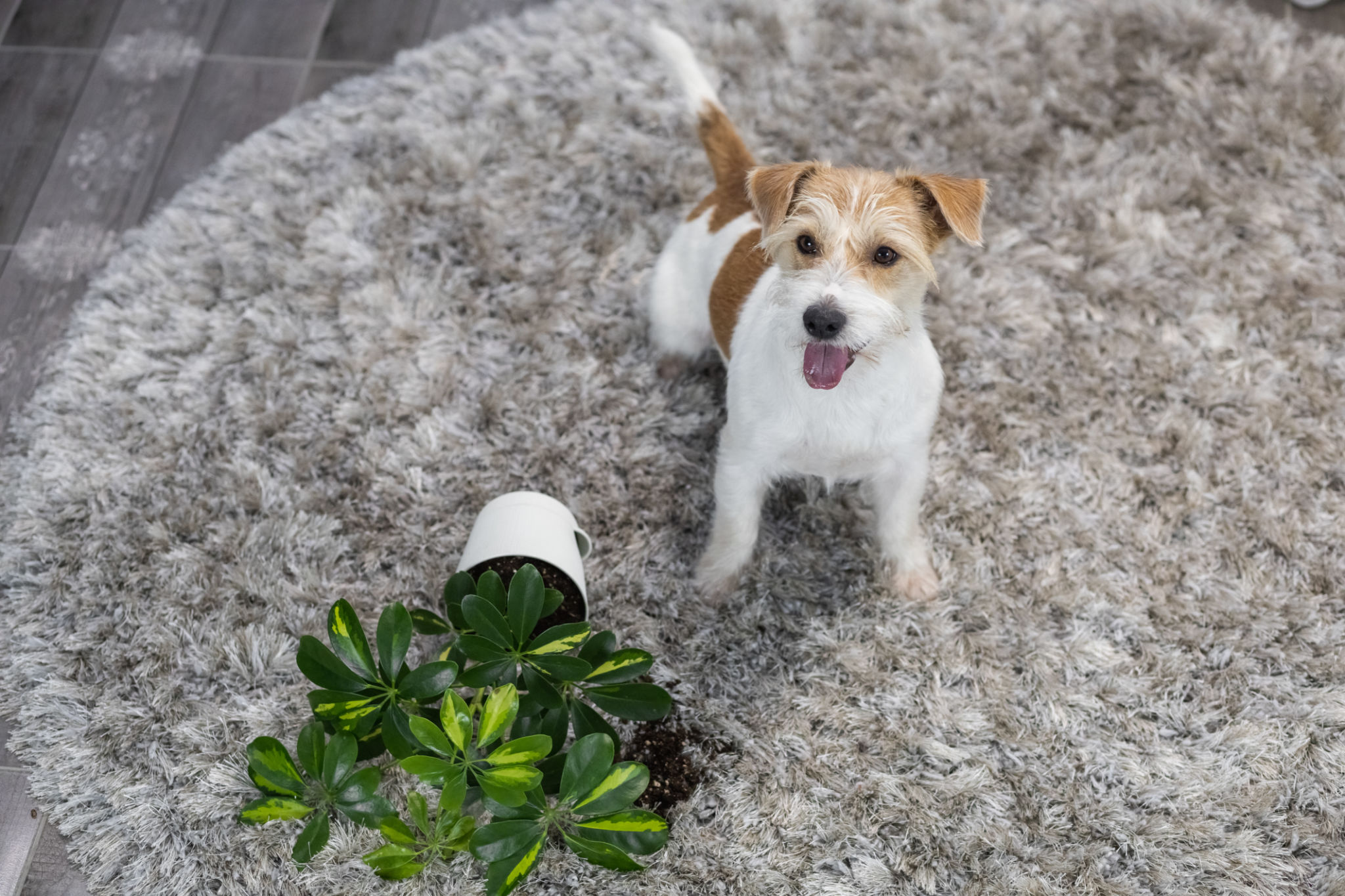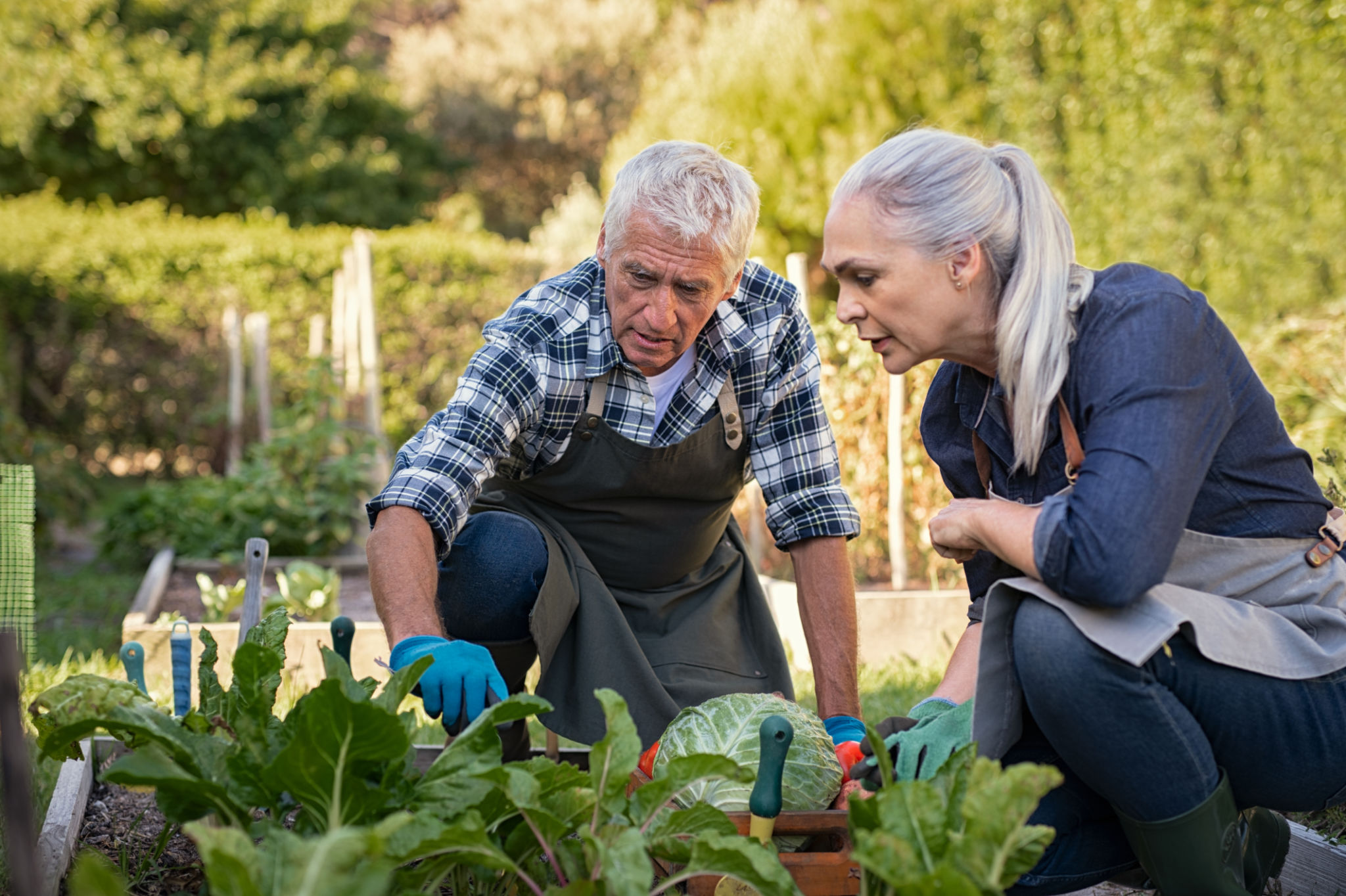How to Choose the Right Plants for Your Edible Oasis
Creating an edible oasis in your garden is a rewarding experience that combines beauty with functionality. Whether you're a seasoned gardener or a beginner, choosing the right plants for your space is crucial to ensure a bountiful harvest and a thriving ecosystem. This guide will walk you through the essential steps to select the perfect plants for your edible garden.
Consider Your Climate Zone
Your local climate plays a significant role in determining which plants will thrive in your garden. Understanding your climate zone will help you choose plants that are well-suited to your area, ensuring they grow healthily and produce abundantly. Look up your USDA Hardiness Zone or consult local gardening resources to find suitable plant options.

Assess Your Space
Sunlight and Shade
Before selecting plants, assess the amount of sunlight your garden receives. Most edible plants require full sun, which means at least six hours of direct sunlight per day. However, some plants, like leafy greens, can tolerate partial shade. Observe your garden throughout the day to determine which areas get the most sun.
Soil Quality
The quality of your soil is just as important as sunlight. Conduct a soil test to understand its pH level and nutrient content. Most edible plants prefer slightly acidic to neutral pH levels. Amend your soil with organic matter like compost to improve its fertility and structure.

Selecting the Right Plants
Choose a Variety of Plants
A diverse selection of plants not only makes your garden visually appealing but also promotes a balanced ecosystem. Consider planting a mix of fruits, vegetables, herbs, and edible flowers. This variety can attract beneficial insects and improve pollination.
- Fruits: Strawberries, blueberries, and dwarf fruit trees.
- Vegetables: Tomatoes, peppers, and carrots.
- Herbs: Basil, mint, and parsley.
- Edible Flowers: Nasturtiums, violets, and calendula.
Companion Planting
Companion planting involves growing different plants together to enhance growth and deter pests. For example, planting basil near tomatoes can improve flavor and deter insects. Research compatible plant pairings to maximize the benefits of companion planting in your edible oasis.

Maintenance and Care
Once you've selected your plants, proper maintenance is key to a successful edible garden. Regularly water your plants according to their specific needs, ensuring they receive enough moisture but are not overwatered. Mulching can help retain soil moisture and suppress weeds.
Pruning and pest control are also essential. Remove dead or diseased plant material promptly and use natural pest control methods whenever possible to maintain a healthy garden environment.
Harvesting and Enjoying Your Edible Oasis
The ultimate reward of an edible oasis is enjoying the fruits of your labor. Harvest your produce at its peak ripeness for the best flavor and nutritional value. Regular harvesting can also encourage more growth and productivity from your plants.

Creating an edible oasis requires thoughtful planning and care, but the end result is a beautiful, sustainable garden that provides fresh, delicious produce. Whether you're growing food for yourself or sharing with family and friends, choosing the right plants is the first step toward a successful gardening journey.
